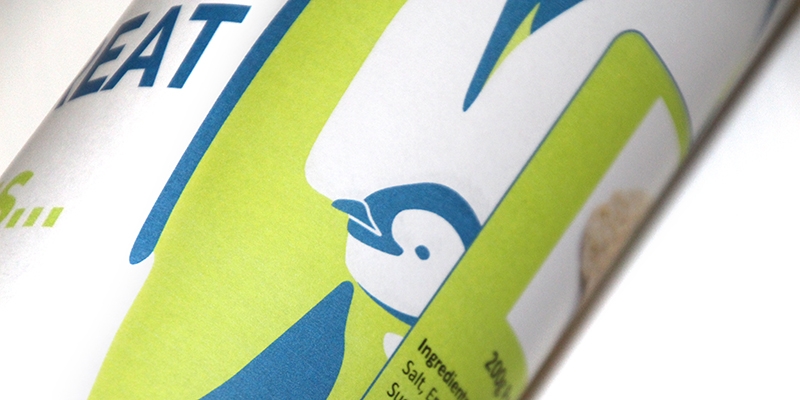Home / Driving brand engagement and loyalty
Archives
- June 2022
- November 2021
- October 2021
- May 2020
- April 2020
- March 2020
- January 2020
- September 2019
- August 2019
- July 2019
- June 2019
- January 2019
- November 2018
- September 2018
- August 2018
- May 2018
- April 2018
- March 2018
- January 2018
- December 2017
- November 2017
- October 2017
- September 2017
- August 2017
- July 2017
- June 2017
- May 2017
- April 2017
- March 2017
- February 2017
- January 2017
- December 2016
- November 2016
- October 2016
- September 2016
- August 2016
- June 2016
- May 2016
- April 2016
- March 2016
- February 2016
- January 2016
- December 2015
- November 2015
- October 2015
- June 2015
- May 2015
- April 2015
